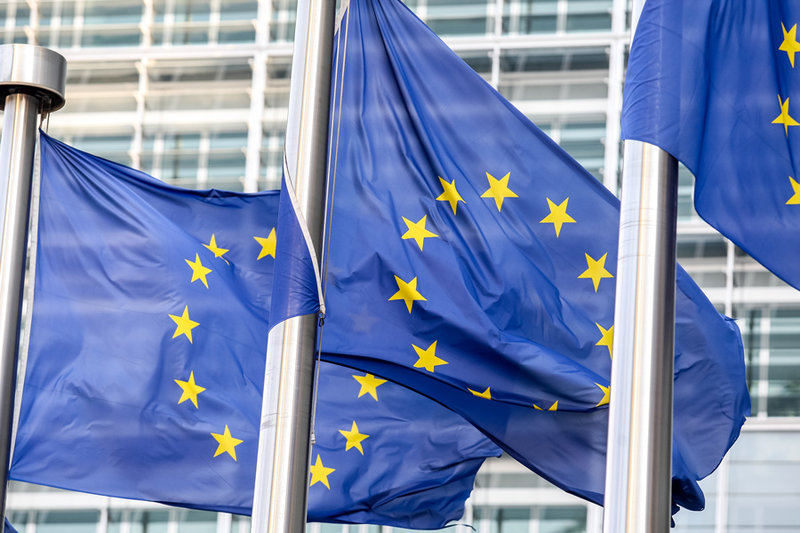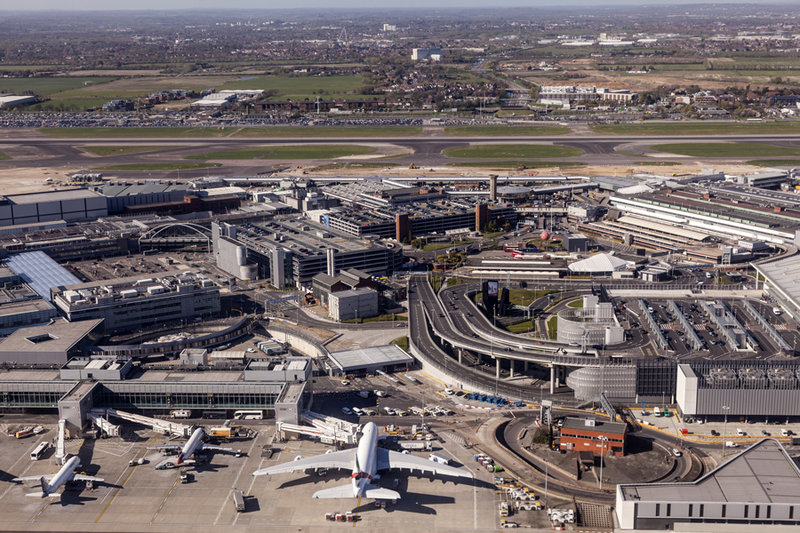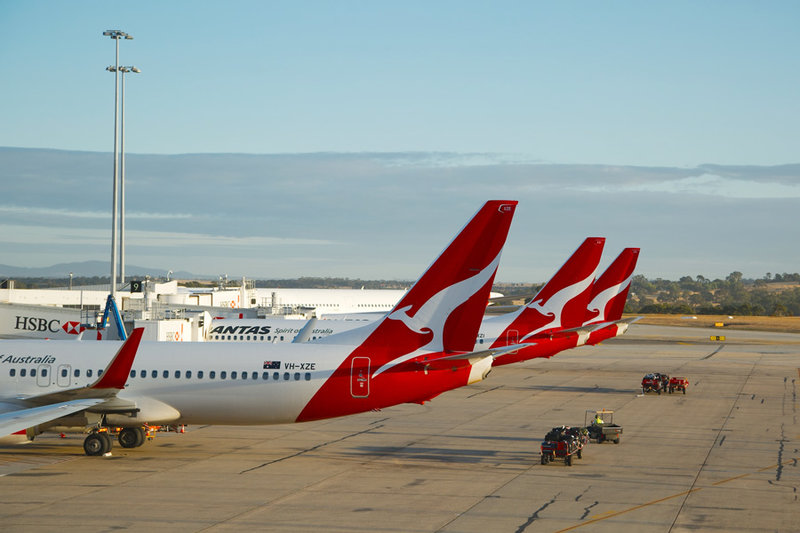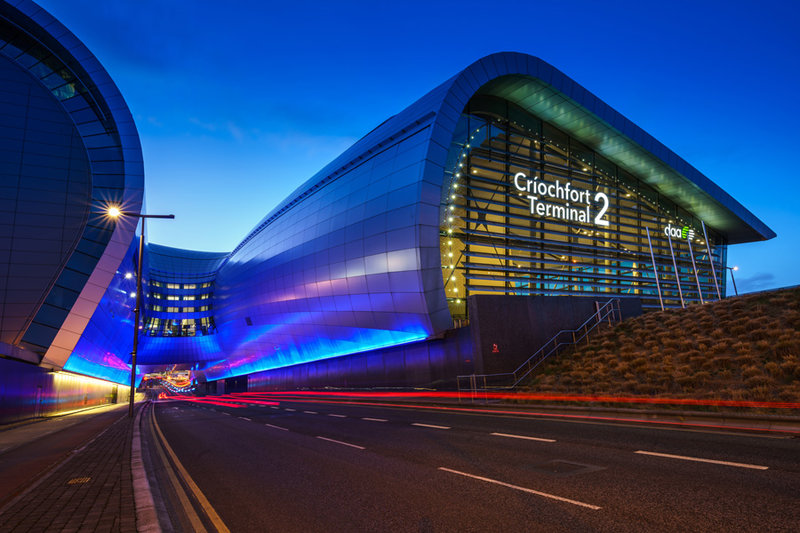Operations
Should Europe’s most powerful airports be brought down to earth?
The debate over airports’ ability to set their charges for airlines reached a peak in July, when an evaluation of the European Commission’s Airport Charges Directive suggested there is a need for stronger regulation on this issue. The document sparked heated controversy among different aviation stakeholders. Adele Berti finds out more.
In March 2009, the European Commission (EC) established the Airport Charges Directive (ACD), a legal act setting a common framework for the regulation of airport charges across the European Union member states.
Almost totally subject to the regulation of national authorities, airport charges are a form of taxation that an airport imposes on the airlines that use its spaces. These cover use of runways, passenger terminals and similar services.
Although technically imposed on airlines, these charges inevitably affect their customers, namely passengers and freight companies. However, the fact that they are not established as a result of a competitive market - meaning that overall, it is an airport and its state’s discretion to set them - has long been a cause of controversy.
The loudest opponent of this practice is the International Air Transport Association (IATA), which claims almost 60% of air passengers in Europe travel through only 25 airports, which have, therefore, stronger power than most hubs in the continent.
This concept was once again reiterated earlier this year, when the ACD underwent a comprehensive review whose final evaluation was published by the EC in July.
Assessing the impact of such charges based on a number of criteria, including effectiveness, efficiency and EU added value, the document evaluated airports where the directive applies. These are hubs serving over five million passengers per year or, where not possible, the largest airport in each member state.
Concluding that the ACD indeed provided guidance on the way states airport charges are set, it also emerged from the report that over the past decade, the directive has only partially achieved its targets.
Cue fierce debate, and some starkly different views from two of the sector’s most prominent bodies, IATA and Airport Council International’s (ACI) European division.
Image courtesy of
The findings: airport charges have had a modest impact
The study compared the effect of the ACD on a relatively small group of large-scale EU airports with the area’s much wider set of small and mid-size hubs.
At the time of its creation, the directive set out to cover 68 airports, responsible for handling 75% of passengers on the continent. When the evaluation started in 2017, this number had grown to 89 airports – 83 of which are located in an EU member state – serving 85% of passengers.
Findings from the evaluation showed that passengers going through ACD-covered airports increased by a whopping 55.2% between 2009 and 2017, while total passenger numbers in Europe grew by 38.5% during the same period.
However, it also emerged that the issues the ACD had set out to tackle when established still very much exist. As the document explains, these issues are “the possibility for some airports to extract prices and terms that would otherwise not be achieved in a competitive market” and “the existence of diverging charging systems in the member states that lack clear transparency in the way in which they are built up”.

Airport charges regulators are subject to regulation from their member states, rather than the EU.
Despite still persisting a decade later, the former now needs to be tackled on a smaller scale than before. The latter, on the other hand, has now been identified as the cause of a problem rather than a problem itself.
Other takeaways from the evaluation include an increase in competitive pressures on airports since the introduction of the ACD, as well as evidence that, on some occasions, consumer interests are not “effectively taken into account in the airport charges setting process”.
Finally, the report found that despite helping create greater transparency in the process of setting airport charges, the directive has had limited powers when dealing with or preventing airports from charging above competitive levels. This has mainly been due to the fact that airport charges regulators – also known as Independent Supervisory Authorities – are subject to regulation from their member states, rather than the EU.
Eero Knuutila is Head of Service Development at Helsinki Airport.
Image courtesy: Helsinki Airport
Passengers going through ACD-covered airports increased by a whopping 55.2% between 2009 and 2017
IATA’s take: regulatory frameworks need stronger harmonisation
Reaction from different bodies could not have been more divided, as IATA – the trade association representing world airlines – and ACI Europe – its equivalent for airport authorities –offered their own interpretations and suggestions to the evaluation.
On IATA’s end, a strong emphasis was put on the need to regulate Europe’s most powerful airports and other hubs’ ability to set charge prices.
“As of today, the directive has not been effective in achieving its objectives, because it has not been able to harmonise the regulatory frameworks on airport charges within the EU and to eliminate the consequences of airports misusing their significant market power,” says IATA’s director of airport infrastructure and regulatory affairs Andrea Wächtershäuser.

In February 2019, London Heathrow signed a new deal on airport charges with major carriers. Image: Philip Lange / Shutterstock.com
“There are still many airports that can charge prices that would otherwise not be achieved in a competitive market and there is [an] urgent need to address those issues, protecting consumer interests through targeted economic regulation of airports with market power,” she continues.
Indeed the interests of consumers – and the directive’s alleged inability to properly safeguard them – are, according to IATA, a key lesson learned from the evaluation, alongside the need to strengthen economic regulation to contain airports’ market power.
“The ACD in its current form does not address the risks of abuse of market power and does not protect users from excessive and unreasonable airport charges,” explains Wächtershäuser. “While it has contributed to some additional transparency and consultation, in some cases, the absence of prescription on specific topics actually makes the situation worse.”
There are still many airports that can charge prices that would otherwise not be achieved in a competitive market
ACI Europe’s take: regulation is restraining airports’ market power
If IATA thinks that airports have too much market power, ACI Europe’s argument is that, according to the evaluation, their power is actually limited.
“The report points to airports in Europe generally not being in a position to misuse any market power they may have,” the association said in a statement. “Indeed, the report does not validate airlines’ tired allegations that airports exhibit excessive profitability levels, that they overcharge for the use of their facilities and that the ‘dual till’ system reflects excessive market power.”
The statement also quoted ACI Europe director general Olivier Jankovec as claiming that European airports’ market power has been radically diminished over the past decade. “Today, 98% of Europe airports offer incentives and rebates to attract and retain airlines’ business and develop their connectivity,” he said.

In October, Australia’s Productivity Commission’s released a report on airport regulation, but ACI Europe said it ‘contrasted’ with the way airports generally are regulated across Europe. Image: Peter Gudella / Shutterstock.com
“Surely, if airports did not face competitive pressures, they would not need to do that. Similarly, the fact that at industry level, charges paid by airlines only cover 80% of airports’ operating costs and do not even contribute to investment and capital expenditure is striking.”
Finally, ACI Europe’s statement hits out at airlines’ ability to “exert dominance upon airports”, affecting their investments in capacity or quality. “Doing so allows them to limit airline competition and charge higher fares – to the detriment of consumers and air connectivity.”
Today, 98% of Europe airports offer incentives and rebates to attract and retain airlines’ business and develop their connectivity
A call for regulators to step back
With such contrasting visions, it’s likely the EC will need a compromised version of the two as it looks ahead to improve the impact of the directive.
Overall, the evaluation indeed seems to suggest that regulators have been given limited powers, though equally, it recognises that airlines have a growing influence on airports’ charge-setting processes as a result of increased competition.
However, this approach found strong disapproval from ACI Europe, which expressed concerns at “the disconnect and lack of alignment between this analysis and some of the initial conclusions of the report”.

In October, Dublin Airport owner said it could challenge a ruling by regulators to cut passenger charges by up to 18% from next year. Image: abd / Shutterstock.com
ACI Europe’s Jankovec said in the statement: “If - as the report shows - the Commission is unable to prove and conclude that airports are able to misuse whatever market power they may still have, how can it consider at the same time that the risk of such market power being misused persists in any significant and systemic way?"
The association further condemned the evaluation’s overall conclusion that regulation is the “solution to every problem” and stressed the need for regulators to step back to make the market more efficient.
Airlines have growing influence on airports’ charge-setting processes as a result of increased competition
IATA proposes strengthening regulation
Further limiting regulators’ powers is not the answer for Wächtershäuser, who says such a move “does not apply in a monopolistic environment where a market does not exist."
“Regulation serves the purpose of creating an environment which is normally determined by the market,” she continues. “When an airport has significant market power, regulation must be used to address market failure.”
Wächtershäuser adds that the cost of airport infrastructure in 2017 represented about 12.6% of the global operating revenue of the airline industry, equal to some $94.7bn airlines and consumers paid in airport charges during that year.
However, Robert O’Meara, ACI Europe’s director of media and communications, comments that “indeed no airport has been found to abuse a dominant position in the setting of airport charges by the EC”.
Nevertheless, Wächtershäuser suggests that ensuring “value for money for the cost of airport infrastructure would bring about tangible benefits for passengers and cargo shippers in the form of lower prices and increased choices for air travel and cargo movement”.
The benefits of such a change would mainly be felt in the long term, as Wächtershäuser claims charges should be treated no differently than other airline costs.
Finally, IATA proposes the Airport Charges Directive to be changed into an Airport Charges Regulation, which “would avoid that states apply different interpretations of the ACD into their national law by instead defining the role, mandating the powers of the independent regulator and the possible types of regulation for airports with significant market power.”
When an airport has significant market power, regulation must be used to address market failure